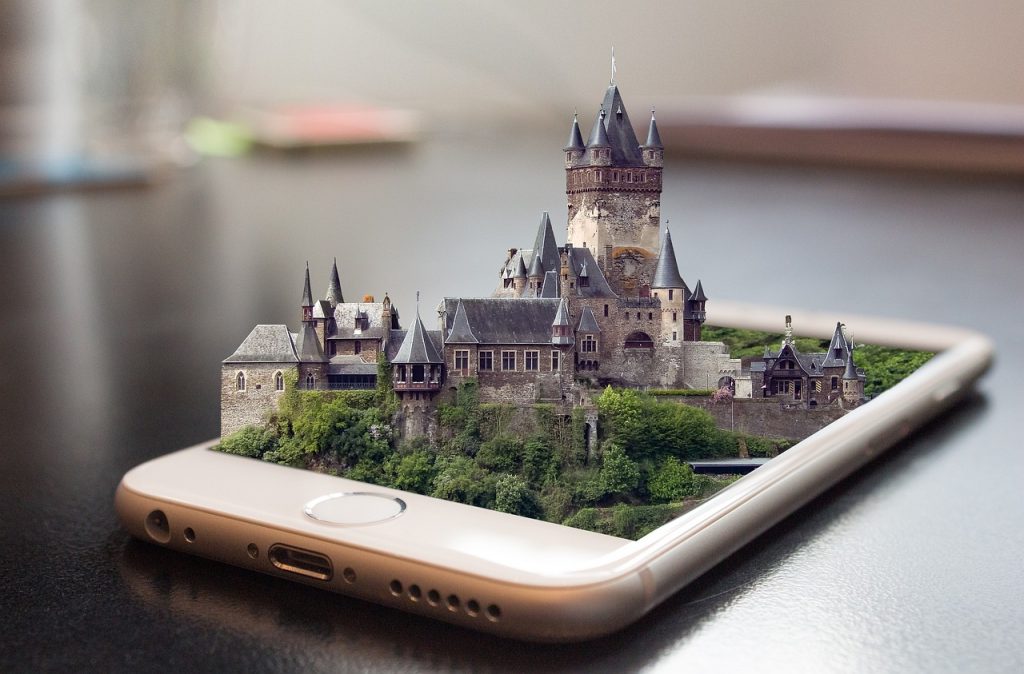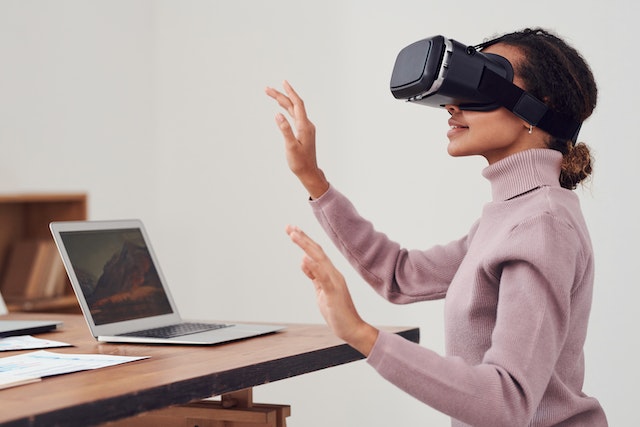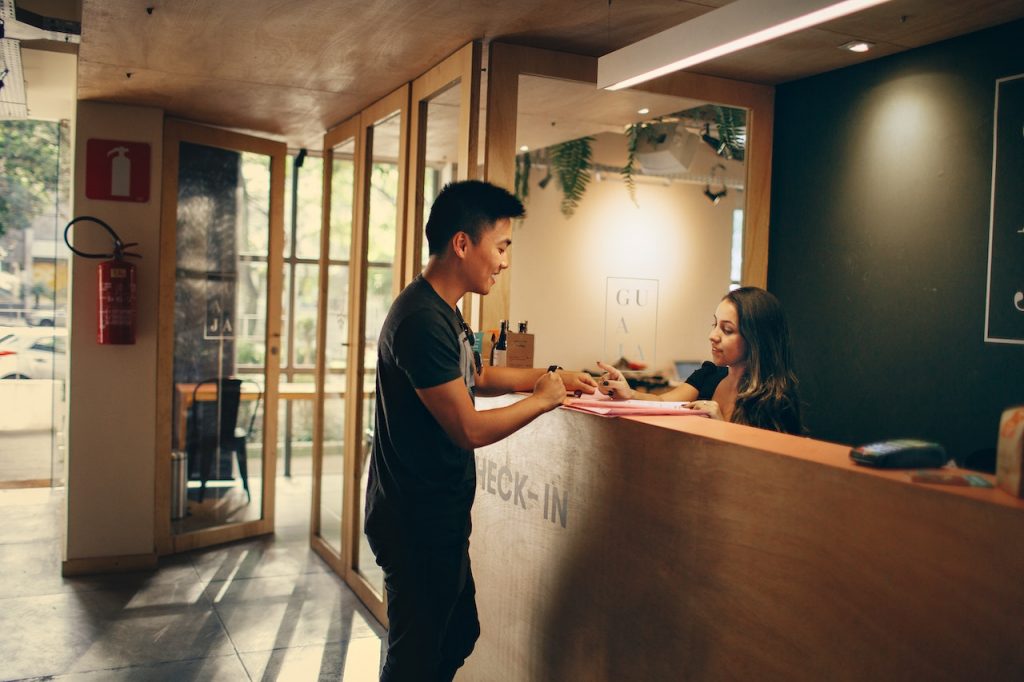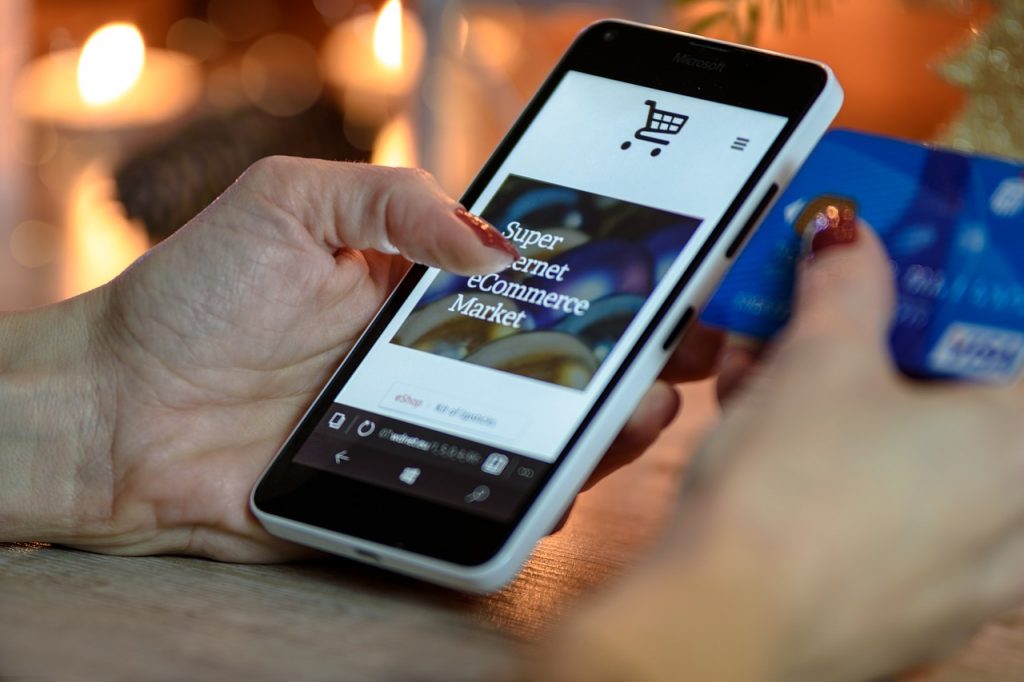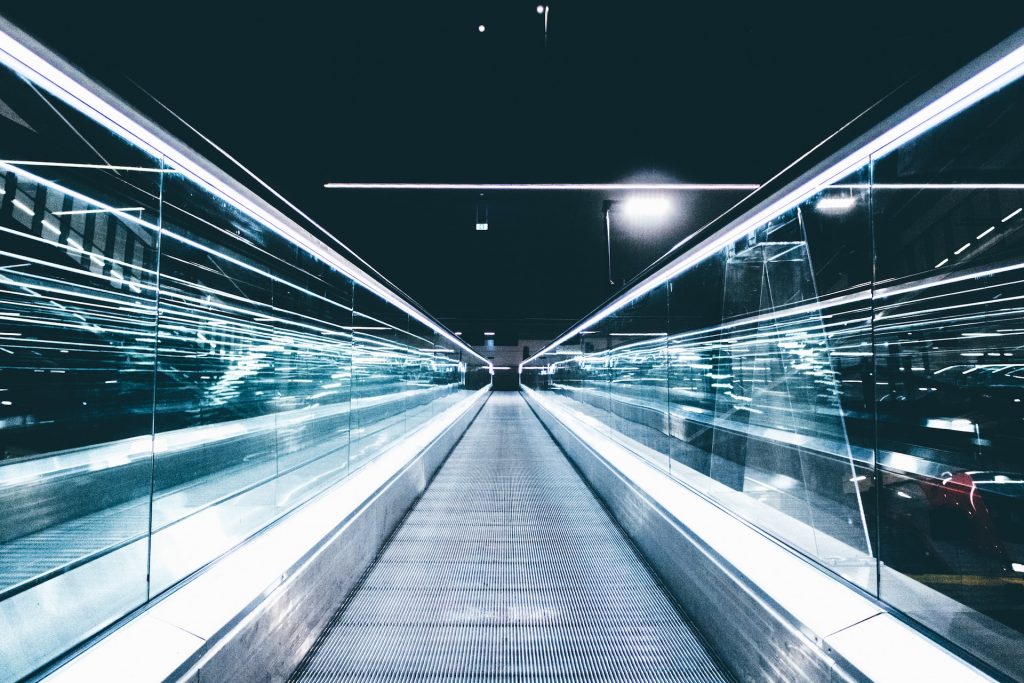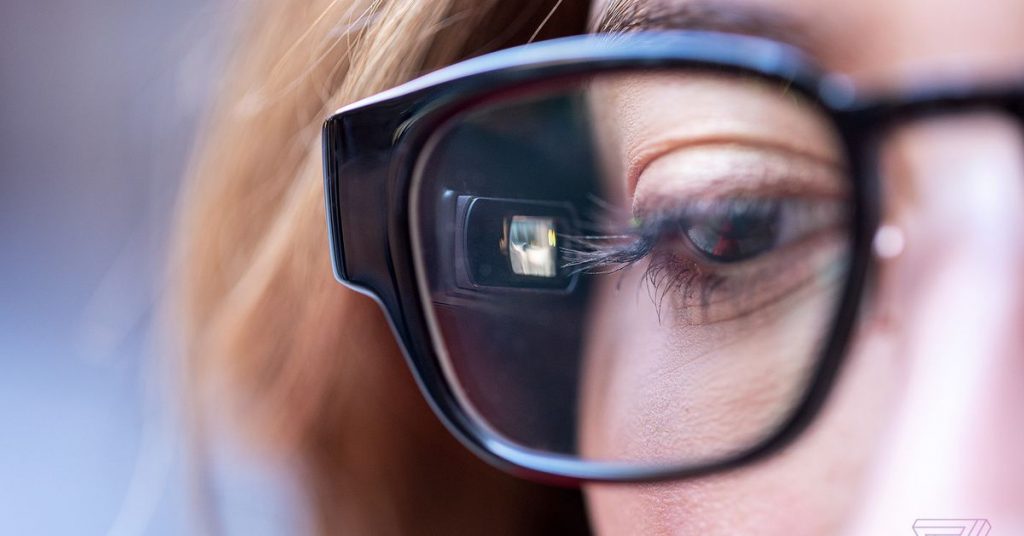
by Braden Kelley
The late Clayton Christensen wrote a little book called The Innovator’s Dilemma that many of you I’m sure have read. Many people think of it as a book about disruptive innovation, but it can be much more than that if you shift your perspective.
The Classic Disruptive Innovation Example
One of the case study examples is that of mini-mills disrupting the rolled steel producers in the steel industry by starting at the bottom of the food chain with the production of low margin re-bar and then moving upwards into higher margin steel products. This is seen as the blueprint for how you disrupt an industry. You go first where the incumbents are least likely to be concerned about new entrants – low margin products – a market that incumbents might actually be happy to lose, because their average margins will actually increase and wall street will potentially reward them in the short-term with higher stock prices.
But if you shift your perspective on this case study and apply it to emerging technology, something new emerges.
Learning and Adoption Require a Compelling Use Case BEFORE They Can Occur
I’ve been listening to a lot of podcasts while I work lately. Podcasts with leading scientists from around the world. One of the core themes that continuously emerges is that innovation is really hard and takes a long time. I was really struck by iRobot co-Founder Rodney Allen Brooks speaking about how they had a target of launching the Roomba at $200 and this meant that he had FIFTY CENTS per unit to spend on a piece of silicon to power their invention. He told the story of running around Taiwan looking for a chip that was cheap enough and was handicapped in ways that wouldn’t matter for their particular application – as ALL chips in that price range are going to have severe limitations. This is a great story for highlighting some of the unexpected challenges in turning an invention into an innovation.
Another interesting innovation case study – on the failure side – is that of Google Glass. The smart glasses arrived as an overhyped and underwhelming product and died on the vine in a very short period of time. One of the key reasons for their failure was the lack of a compelling use case, and another was that technology was too front and center – so much so that Google Glass seemed like a creepy invention.
“Making access to information just instant and intuitive. By doing that, technology fades into the background, and we’re more connected with the people and things around us.”
This quote is pulled directly from the video below about Google’s reboot of their smart glasses initiative:
Google’s Live Translation Glasses arrive this time without a product page, without a formal product name and promising much less.
One of the things that really struck me in this short video is that while it is super easy to anchor on the value of the translation piece – displaying Mandarin on screen from an English voice for example – they have several other powerful uses cases, including:
- People who have single-sided deafness
- People who don’t want to wear hearing aids, or for whom hearing aids don’t work
- People who are fully deaf
- People who are trying to learn a new language
Do One Thing Really Well and Build From There
Google’s Live Translation Glasses remind me of another pair of smart glasses launched a little while back in the glow of the Google Glass failure – Amazon’s Echo Frames.
Amazon’s Echo Frames build themselves around the compelling use case of hands-free searching and calling. They have speakers and a microphone, connect to your iOS or Android smartphone, and can even be fitted with prescription lenses.
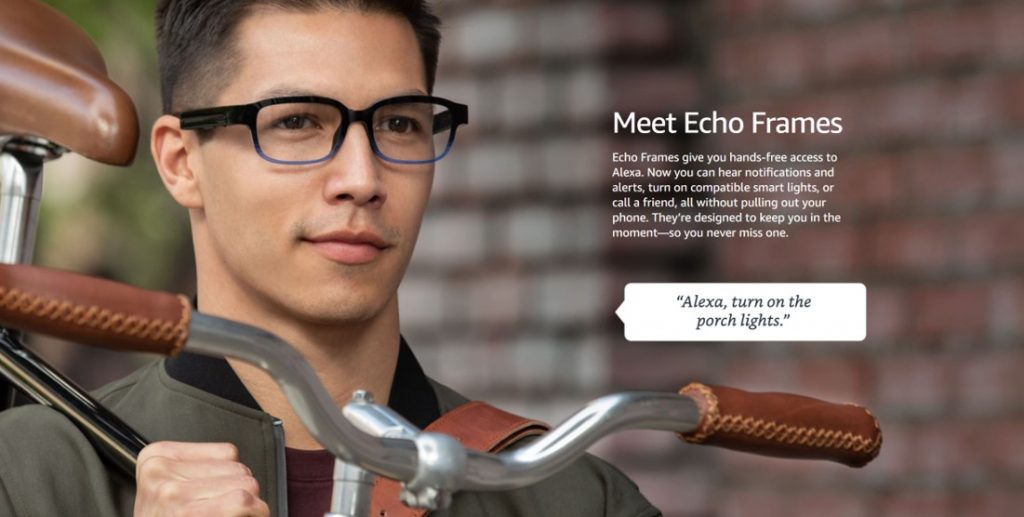
Don’t Strip the Gears on Your Innovation Machine
Our ability to imagine usually outpaces our ability to execute and it can be a challenge to rein in our imagination to match our ability to not just execute, but to do so profitably and at a pace that our customers can see their way to adopt it.
When we look at my Innovation is All About Value methodology, we can also see that companies fail less often at value creation, and more frequently at value access and value translation.
When your start small and build around a compelling use case it is easier to get the value translation right and it is easier to build the key value access components to support your value creation.
Timing matters…
Price matters…
Compelling use cases matter…
What’s yours?
Keeping the end in mind and the future in sight – is important – but it is more valuable to identify where to start and add value as you go.
Don’t strip the gears on your innovation machine and keep innovating!
Image credit: The Verge, Amazon
![]() Sign up here to get Human-Centered Change & Innovation Weekly delivered to your inbox every week.
Sign up here to get Human-Centered Change & Innovation Weekly delivered to your inbox every week.

